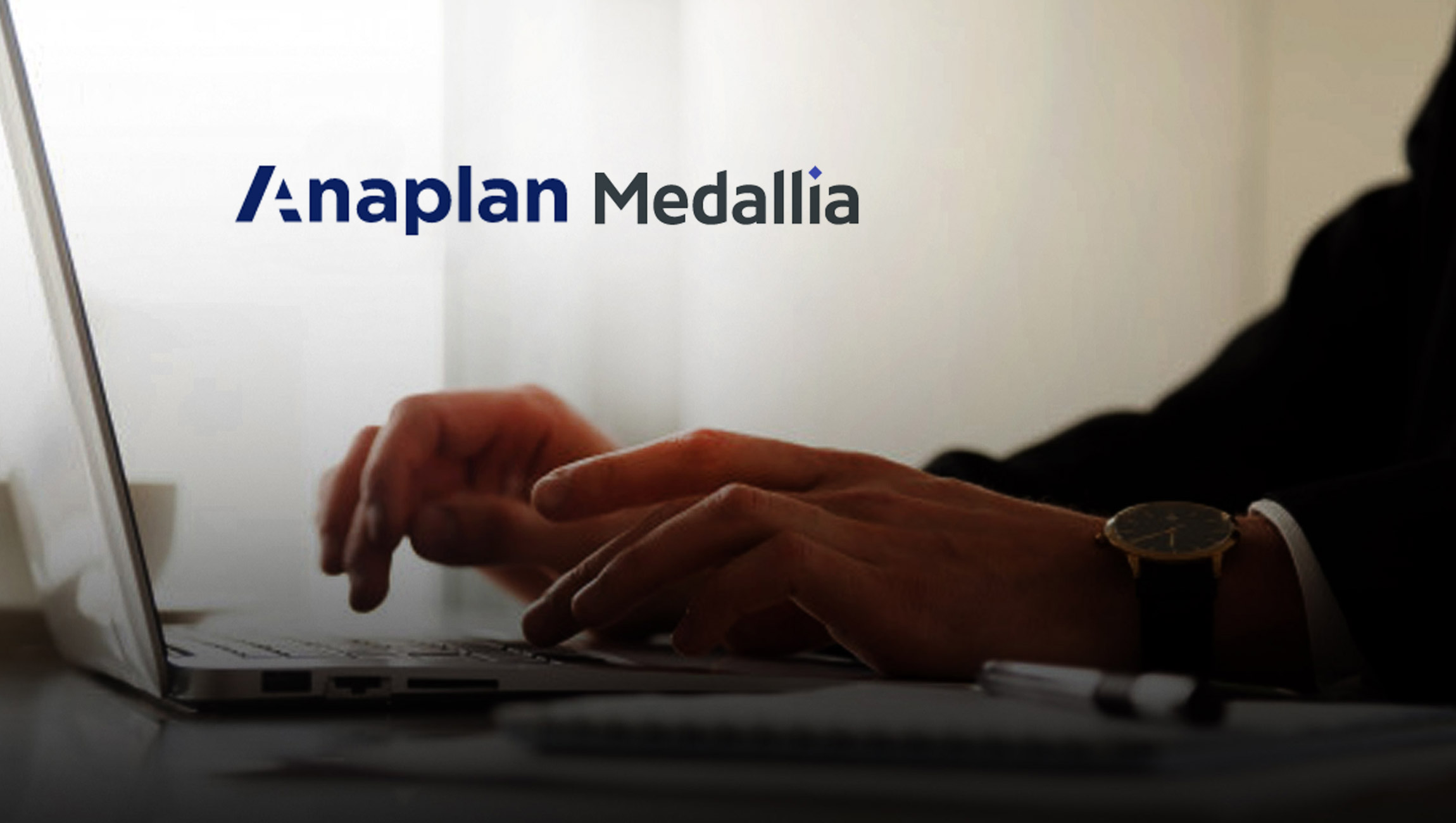A lot of time, money, effort and technology goes into marketing things to people. Or trying to at least. The problem is, a lot of stuff gets in the way of that ambition when it comes to programmatic advertising, which accounts for around 90% of all digital display advertising and approximately £2Bn ad spend in the UK each year.
How much stuff is getting in the way? Of every £1 spent on programmatic advertising, approximately 51p makes it to the publishers at the other end of the chain. Where does the rest go?
That should be a simple enough question. And while much can be attributed to a ‘technology tax’ and some agency fees, 15p of it ‘disappears into a black hole’. £300m each year, in the UK alone, can’t be attributed to anything. That seems… uncomfortable.
Marketing Technology News: OneTrust is “Leading the Market Outright” and Ranked #1 in Market Share for Privacy Software
If we cast our minds back to all the procurement processes we’ve been through in life and imagine somehow coming away with a signed contract despite an unexplained gap of 15% in the commercials. This is a pleasant fiction, is it not?
Putting the missing money to one side for a moment, we assume the hefty technology tax referenced must be going toward valuable endeavours such as preventing ad fraud. That is to say that the 51% of spend that does reach publishers, should all be money well spent.
However, in reality this is somewhat more murky than one would like for an industry that pulls in over $100Bn per year in media spend. While some industry bodies are suggesting that ad fraud is in decline, there’s plenty of evidence to suggest otherwise.
For example a Forrester report showing that the majority (69%) of brands that spend more than $1m per month believe 20% or more of their budgets are lost to ad fraud. Dr. Augustine Fou, an independent expert, also highlighted holes in the claimed successes and lays-bare numerous recent examples of sizable ad fraud events.
This all feels a bit much. Especially when you understand that the targeting sophistication provided by programmatic marketing is questionable. The audience segments being used are inferred from 3rd-party data sources, so even something as seemingly simple as gender-based targeting can be less accurate than a coin-toss.
Going forward, these challenges are going to grow. The incentive for bad actors is huge with these budgets at play, and initiatives such as Apple’s App Tracking Transparency, which are championing consumer choice and privacy, risk pushing the industry further in a direction of trying to infer something useful from digital exhaust.
Marketing Technology News: MarTech Interview with Paul Biggs, Director of Product Marketing at Contentful
There’s something fundamentally wrong with an equation that results in billions of dollars getting lost, so much systemic fraud that it’s very possibly a huge source of income for organised crime, and an advertising experience for end users that’s so good that a quarter of people use ad blockers and 90% of iOS users refuse to give consent for App Tracking.
Ok so what to do about it? Like some large brands, you can run your own experiments by turning off your programmatic marketing and seeing what impact it actually has on your business. You could redistribute your budget to less opaque marketing channels. Or you could think about how technology enables marketing to people instead of machines.
At the heart of this solution is consumer privacy and choice. Value offered to people in exchange for consent to use their data isn’t good enough. This is why programmatic advertising is so dependent on inference from a web of 3rd party data sources.
Surely it must be simpler to give people better value for their data than to build a horrifically complex, opaque, inefficient and ineffective landscape of technology and processes?
Offering people the opportunity to give access to their Open Banking data in exchange for frictionless cashback when they spend with retailers and brands is not for everyone, and that’s absolutely fine. But it’s worth noting that opt-in rates for options like this are more than 4x higher than those for ATT consent.
The neat thing about bank accounts is that they’re high quality proxies for real people. To get a bank account, you have to go through an anti-money laundering process that proves that you are who you say you are. So when we’re giving people highly targeted offers, using first-party data that they’ve given us consent to use, we can confidently say that your marketing dollars are going toward affecting behaviour change in real people. Isn’t it weird that that’s a claim that most of a $100Bn industry can’t make?
Marketing Technology News: How To Use Marketing Infographics To Attract Customers











